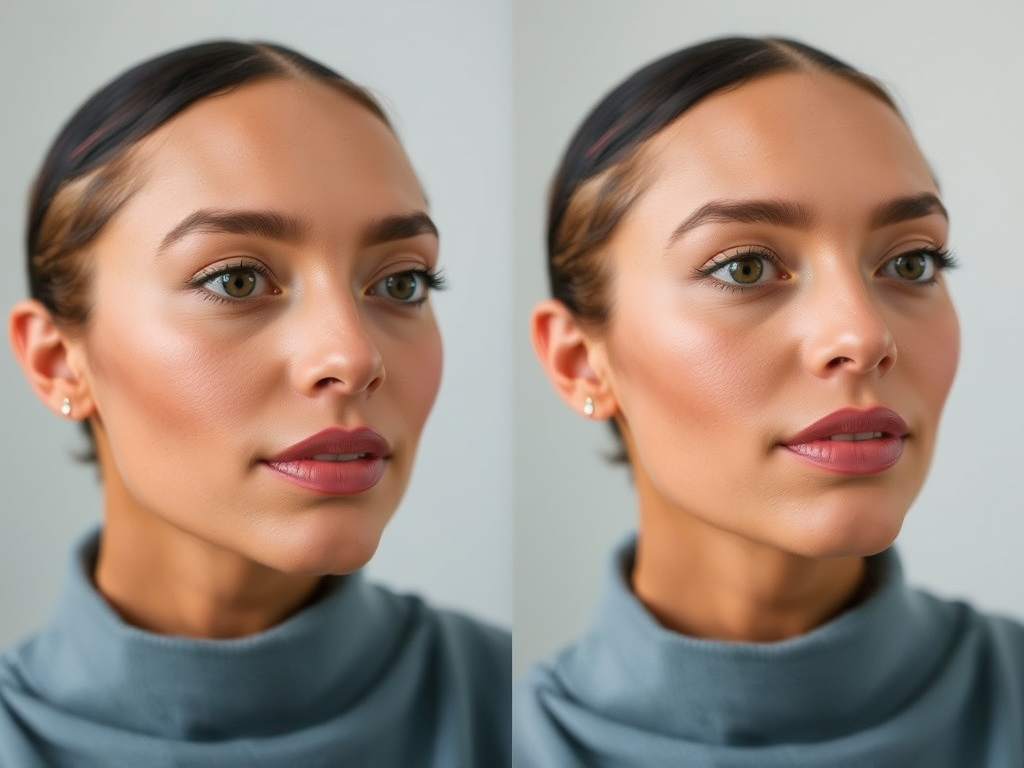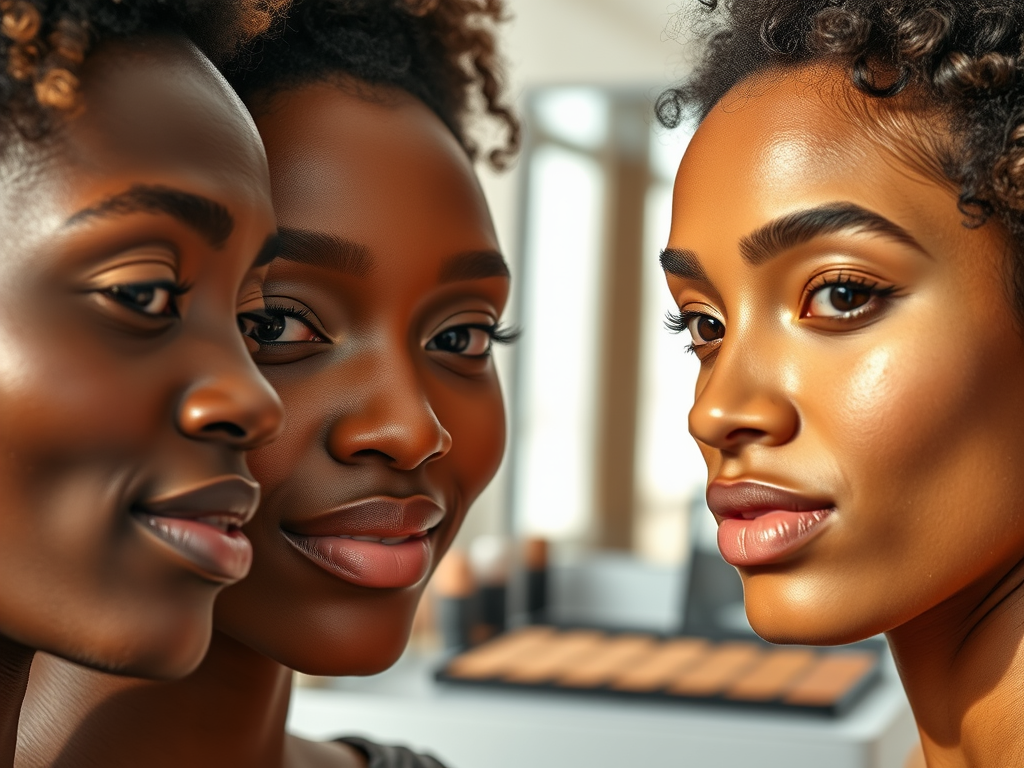Cakey foundation can quickly derail even the most carefully planned makeup routine, leaving you feeling self-conscious rather than confident. It’s an issue that resonates with anyone who has ever stood in front of a mirror only to be confronted with an uneven, crusty complexion. Why does this happen? The answer lies in a combination of factors that interact in often surprising ways. From the products we choose to our unique skin types and the application techniques we use, each element plays a role in the outcome. Understanding the science behind cakey foundation not only demystifies the phenomenon but equips you with the knowledge to avoid it altogether. Let’s delve deeper into the world of makeup and draw back the curtain on this common concern.
Understanding Cakey Foundation

What exactly defines cakey foundation? Cakey makeup occurs when foundation settles into fine lines, pores, and dry patches, resulting in a thick, uneven appearance. It can be particularly disheartening when you start your day with flawless application, only to have it betray you within hours. Understanding this problem begins with recognizing that it’s not just about one variable; rather, it’s a complex interplay of factors. Like a tricky formula in a science experiment, each component must align perfectly for the desired outcome. Investigating the causes of cakiness can illuminate the path to a smoother, more polished finish.
Factors Contributing to Cakey Foundation

Numerous factors contribute to the unpleasant phenomenon of cakey foundation. Among the most significant are skin type and texture, foundation formulation, and application techniques. Each plays a crucial role in determining how your makeup interacts with your skin. Those with dry skin may find that certain formulas cling to patches, while oily skin might suffer from separation. To effectively combat cakiness, it’s essential to understand how these variables interact and what you can do to optimize each one.
Skin Type and Texture
- Dry Skin: Looks for hydrating foundations and prep with moisturizer.
- Oily Skin: Oil-free formulas and mattifying products can help.
- Combination Skin: A balanced approach with targeted products is essential.
Foundation Formulation
The formulation of your foundation can make or break your makeup experience. Liquid foundations often provide a more natural finish but can be prone to caking, especially if applied in thick layers. Creams offer more coverage but can feel heavier on the skin. Powders can be ideal for oily skin, though they may accumulate in fine lines. Stick foundations represent yet another option, with their own application quirks. By understanding what each type brings to the table, you can make informed choices to keep your makeup looking fresh.
| Foundation Type | Pros | Cons |
|---|---|---|
| Liquid | Lightweight, natural finish | Can cake if too much is applied |
| Cream | High coverage | May feel heavy, especially in heat |
| Powder | Good for oily skin | Can accentuate dryness |
| Stick | Convenient, good for touch-ups | Potential for patchiness if not blended well |
The Role of Primer and Moisturizer
Properly preparing your skin with primer and moisturizer is essential to stave off cakey foundation. Moisturizers provide hydration, while primers create a smooth canvas for foundation application. Choosing a moisturizer suited to your skin type can drastically improve how your foundation sits on your skin. Additionally, a well-chosen primer can help fill in pores and fine lines, creating a more even surface. Not only do these products work in tandem, but their proper application can also enhance the longevity of your makeup.
Environmental Factors
The environment plays an often-overlooked role in how your foundation wears throughout the day. High humidity, for instance, can cause foundations to break down and separate. Similarly, extreme heat can lead to sweat, which mixes with makeup and contributes to a cakey appearance. Conversely, cold weather might cause your skin to become dry and flaky, again leading to a less than desirable outcome. Understanding these factors allows you to adapt your makeup routine according to the weather conditions, ensuring a flawless finish no matter the season.
How to Avoid Cakey Foundation
Finding the right combination of products and techniques is crucial for achieving a flawless finish. Here are some tips and tricks to help you avoid cakey foundation:
- Choose the Right Products: Test various foundations to find the ideal match for your skin type.
- Mastering Application Techniques: Layer products properly and avoid over-applying.
- Avoid Heavy Layers: Start with a small amount and build up as needed.
Conclusion
Cakey foundation is a frustrating issue, but understanding the science behind it can empower you to avoid it. By focusing on factors such as skin type, product formulation, preparation, and application techniques, you can achieve a smooth, radiant complexion. Don’t shy away from experimenting with different products and techniques; find what works best for you and embrace the journey to flawless skin.
Frequently Asked Questions
- What causes cakey foundation? Cakey foundation is typically caused by the formulation of the product, application techniques, skin type, and environmental factors.
- How can I tell if my foundation is suitable for my skin type? Test foundation shades and formulas on your skin before purchasing, and consult reviews to see other users’ experiences based on similar skin types.
- Does primer really help with foundation application? Yes, primer helps to create a smooth canvas, making foundation adhere better and reducing the likelihood of cakiness.
- Are there specific foundations that are less likely to cake? Foundations labeled as “natural finish” or “hydrating” are generally less likely to cake, especially on dry skin.
- Can humidity affect the look of my foundation? Absolutely; high humidity can cause foundation to break down, leading to a cakey effect. Opt for long-lasting or oil-free formulas in humid weather.
